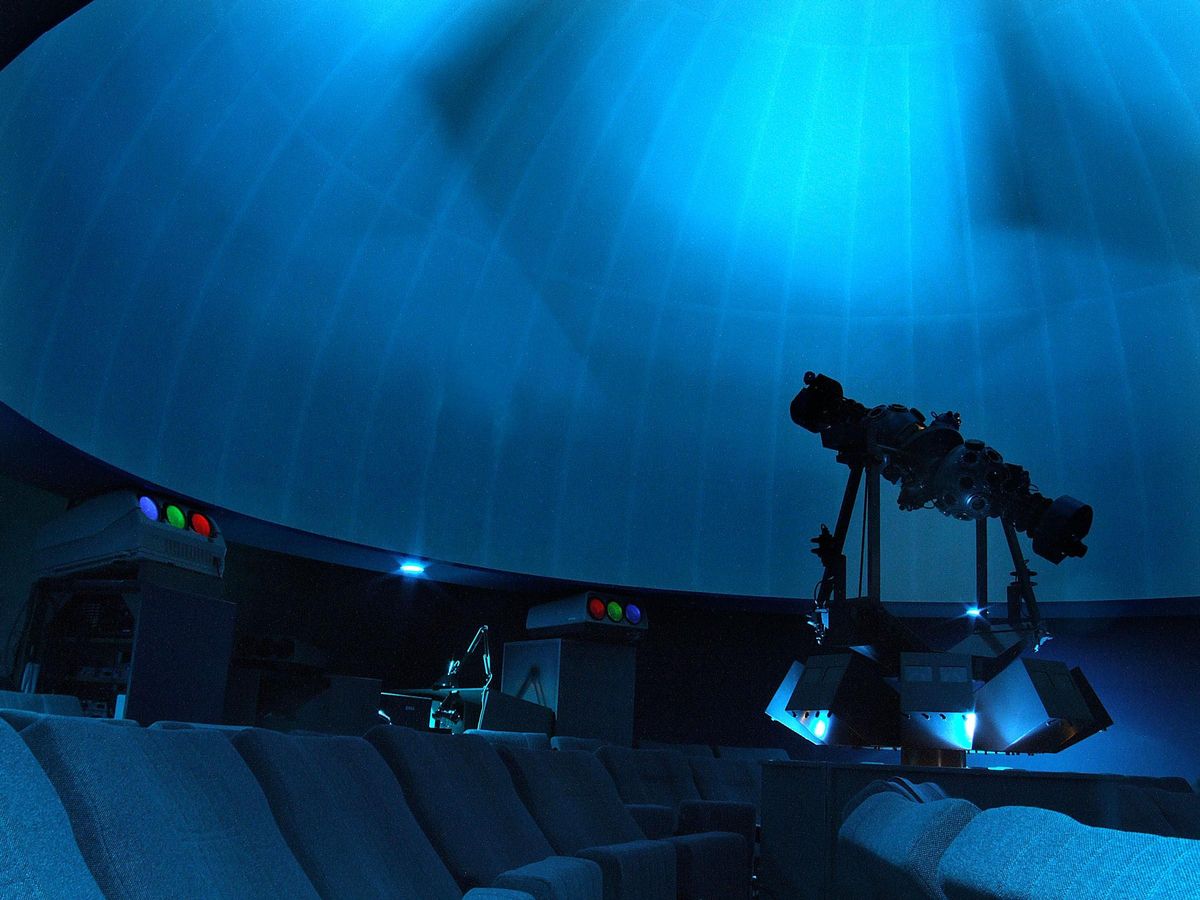The Science and Cosmos Museum, in Tenerife, has retired its old planetarium – the first one to be made public in Canary Islands – to replace it with a newer one adapted to current technology. This unique piece of Japanese manufacture in Europe had been transporting children and adults to the edges of the universe for almost 30 years (from 1993 to 2019) through its spectacular cosmic images, and is now treasured in the museum as the legacy of those early days of science outreach in the Canary Islands.
The planetarium with a central GOTO GE II projector, was the heart of the Science and Cosmos Museum from when it opened – in 1993 – until the year before the covid pandemic, in 2019. It is an exclusive piece that became unique in Europe. Not in vain, only 39 units were manufactured and ended up scattered around the rest of the planet.
During the 26 years it was in operation, it showcased the wonders of the cosmos and, in particular, the Canary Islands sky to more than 700,000 people and carried out nearly 35,000 projections, making it one of the “jewels” that are already part of the history of the Science and Cosmos Museum.
“Currently we have put this piece on display,” explains Rubén Naveros, technician at the Science and Cosmos Museum. The instrument can be visited as if it were a work of art at the entrance to a renovated planetarium. “Now we have a more powerful astronomical simulator that allows us to create a more immersive reality that we invite you to discover,” Naveros insists.
A century of few changes
[–>
Although technology has advanced a lot in recent decades, planetarium projectors have changed little since their creation in 1923. The light generated by halogen lamps is projected through each of the thirty-two optics housed in the star globes.
These contain micro-perforated plates with the real position of 2,000 stars from both celestial hemispheres which, when projected through lenses onto the dome, create a precise star map that can thrill both children and adults.

The dome on which the image is projected provides an immersive experience / Courtesy
The apparent movement of the stars from any location on Earth, both from the present and from thousands of years in the past or future, is achieved by rotating their axes using small motors.
[–>
The recreation of our Solar System is supplemented by projectors that replicate the movement of the Sun, Moon, and the five visible planets. At its base, different slide projectors recreate local landscapes to complete the experience of a night of astronomical observation that delights those who have the opportunity to visit the Science and explore the universe from within.
Subscribe to continue reading
















